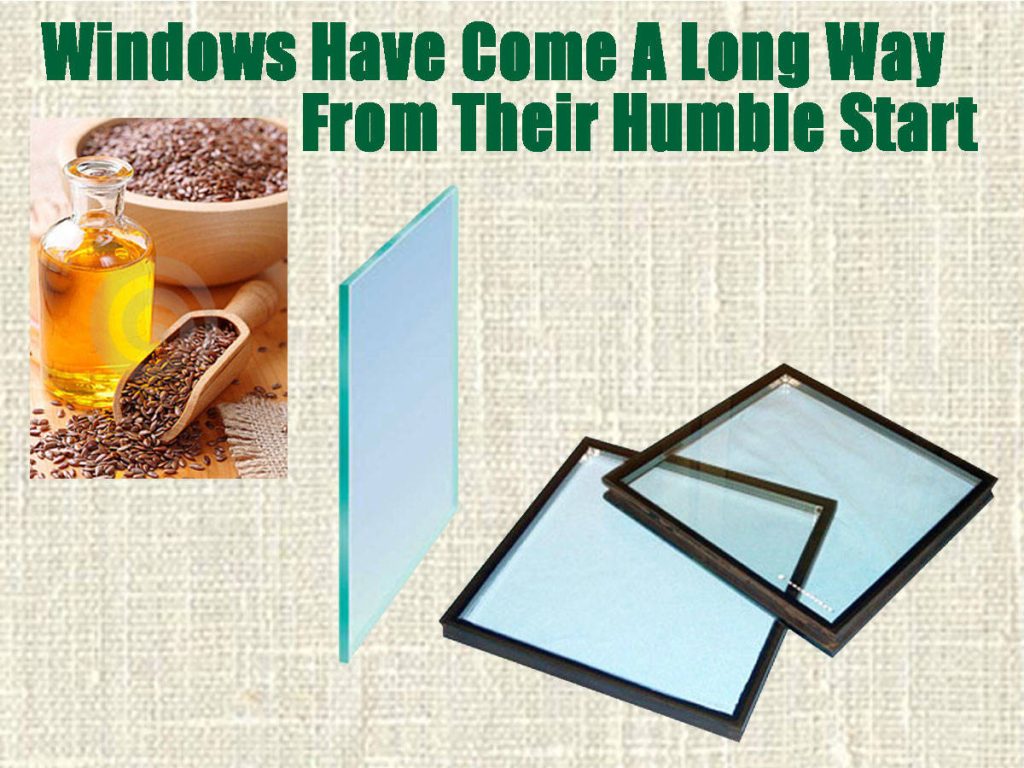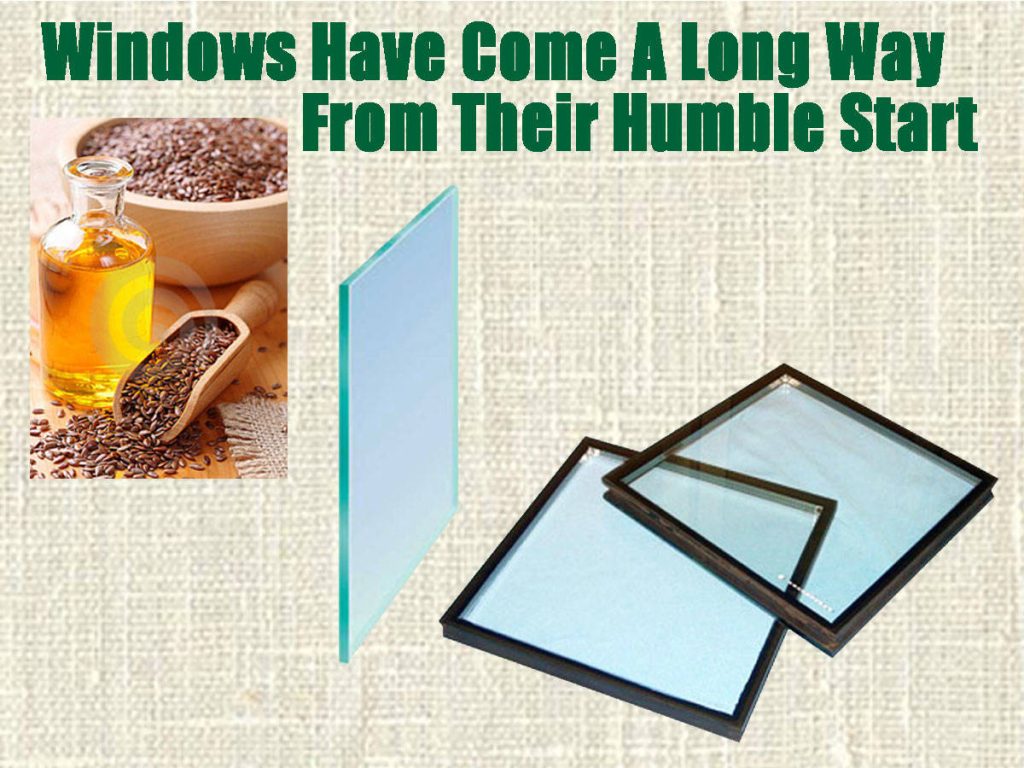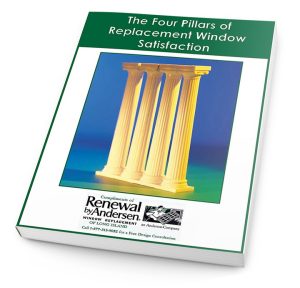


Oilcloth Manufacturing & Benefits
Oilcloth, which was originally created by coating canvas, linen or tightly woven duckcloth with boiled linseed oil to provide a waterproof coating, helped homeowners block some of the air and moisture from streaming into the house while letting in some light. The process was arduous. Lead dross, or a combination of lead and manganese salts was added to the linseed oil, which required lengthy boiling time. Sometimes, senna or umber pigments were used to improve humidity-resistance qualities.
Once the oil was prepared, manufacturers stretched the fabric on a frame and begin the process of water-proofing. It took many layers of cured oil to produce a strong, moisture-resistant cloth that could be cut and shaped to fit the “window hole.” The curing process also took a long time. Curing was activated by oxidation, so thin coats of the oil mixture were applied and allowed to fully dry before the next application. Pioneers could dye or paint on the fabric before brushing on the linseed oil, but function often took precedence over beauty. And, once the window covering was nailed into place, you couldn’t just walk by and look out the window. So, while early settlers gained some benefits, they reduced the amount of air and moisture that flowed inside and could raise the covering to allow a view of the outdoors or increase ventilation on moderate days, the coverings weren’t efficient when it came to fully leveraging solar heat gain during the winter or effectively eliminating all drafts.
From Functional to High-Performance Beauty
You won’t find modern homes on Long Island fitted with oilcloth for windows today. Even though many pioneers could not afford glass windows they’ve been around for centuries now. Fortunately, replacement windows today aren’t purely functional or so expensive the average homeowner cannot afford high-performance window units. While glass was extremely expensive for our ancestors, today we have affordable windows that are light weight and do so much more than simply block air and moisture.
Modern technology allows manufacturers to add coatings that reduce UV light levels and reflect light rays to improve solar heat gain or reduce heat transfer. Crystal clear glass allows you to enjoy the outdoor scenery without compromising interior comfort. Capturing an evening breeze or lifting the sash to enjoy the smell of a gentle rain doesn’t require pulling nails and resealing your window openings as it did in pioneer days. And, when you want a little more privacy, you can choose patterned glass that won’t block natural light flow; no hand-painting or embellishing required.
Where past generations often had to choose function over beauty, modern replacement windows offer homeowners opportunities to create customized solutions to beautify their homes. Design choices include:
The history of Long Island replacement windows is long and interesting. You probably don’t have oilcloth windows in your home right now, but if your windows are leaking air and moisture, sagging, fading or getting hard to open and close, it might be time to move into the 21stcentury. We invite you to fill in the short form on this page or give us a call at (866) 609-5033 to schedule an in-home consultation to find out how modern technology can help you improve your comfort and the view beyond your walls.

Learn Everything You Need to Know BEFORE Buying Replacement Windows